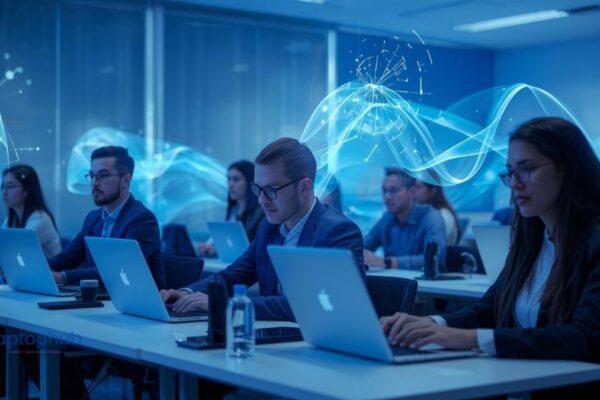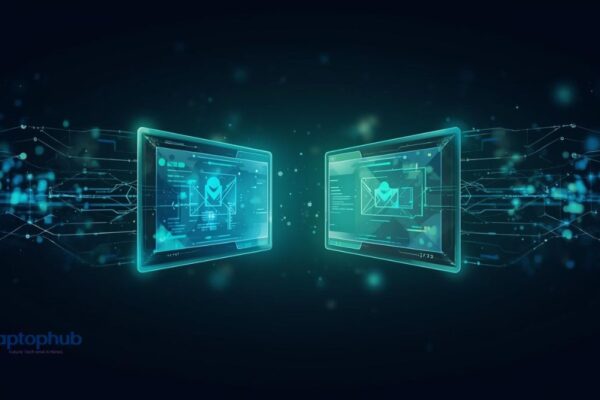 AI News
AI News Elon Musk’s AI team is digitally reconstructing Ancient Rome using advanced neural models to unlock historical insights and preserve cultural heritage.
 AI News
AI News Elon Musk’s AI team is digitally reconstructing Ancient Rome using advanced neural models to unlock historical insights and preserve cultural heritage.
 Meta
Meta Learn how Meta parental controls will allow parents to manage teens’ interactions with AI characters on social media platforms.
 AI Ethics
AI Ethics At the Semafor World Economic Summit, BCG’s Chief AI Ethics Officer emphasized that companies must invest in hands-on employee training—around five hours—to responsibly deploy AI in the workplace and achieve measurable value.
 AI Tools and Software
AI Tools and Software Grammarly has rebranded as Superhuman, integrating Superhuman Mail and launching the AI assistant Superhuman Go to redefine workplace productivity.